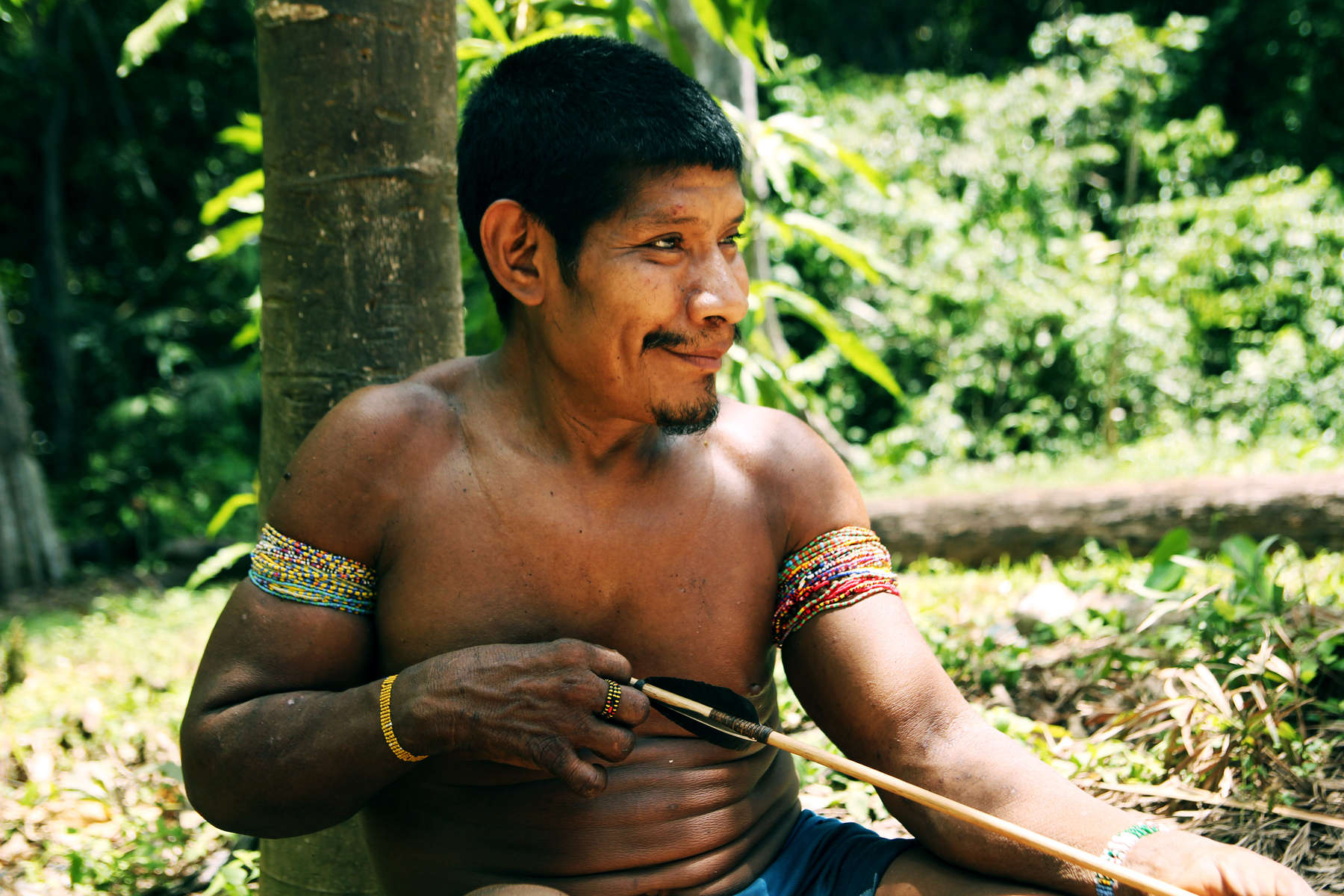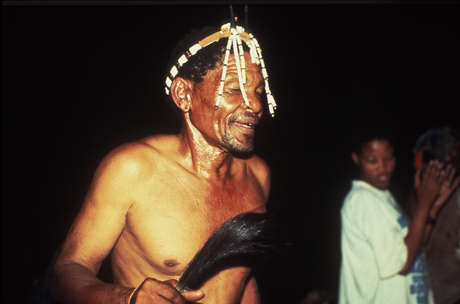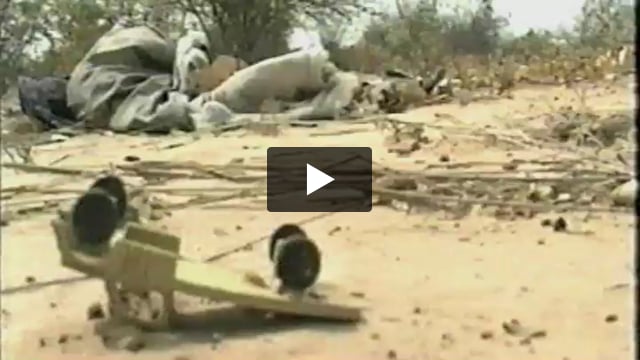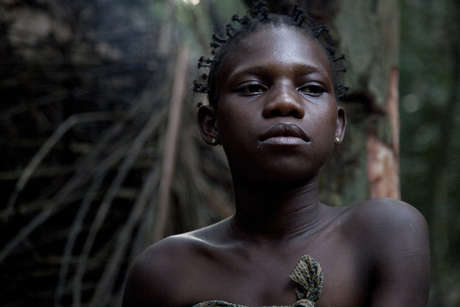Survival reveals top tribal conservation skills for Environment Day
June 4, 2015

This page was created in 2015 and may contain language which is now outdated.
In celebration of Environment Day on Friday, June 5, Survival showcases tribal peoples’ fascinating conservation skills and intimate knowledge of their environments.
- Awá Indians in Brazil’s north-eastern Amazon rainforest know at least 275 useful plants, and at least 31 species of honey-producing bee. Each bee type is associated with another rainforest animal like the tortoise or the tapir. Read more.
- Baka “Pygmies” of Central Africa eat 14 kinds of wild honey and more than 10 types of wild yam. By leaving part of the root intact in the soil, the Baka spread pockets of wild yams – a favorite food of elephants and wild boar – throughout the forest. Read more.

- The Bushmen consume over 150 species of plant and their diet is high in vitamins and nutrients. Yet Africa’s last hunting Bushmen in Botswana are abused, tortured and arrested when found hunting to feed their families. Read more.
- Baiga in India have set up their own project to “save the forest from the forest department” – setting out rules for their own community and outsiders to protect the forest and its biodiversity. As a result, the availability of water supply has increased and they have been able to collect more herbs and medicines from the forest. Read more.

There are many more examples of how tribal peoples are the best conservationists and guardians of the natural world – satellite images and academic studies have shown that Indigenous peoples provide a vital barrier to deforestation of their lands. Yet tribal peoples are being illegally evicted from their ancestral homelands in the name of “conservation.” It’s often wrongly claimed that their lands are wildernesses even though tribal peoples have been dependent on, and managed, them for millennia.
Survival’s Director Stephen Corry said today, “Tribal peoples are better at looking after their environments than anyone else – after all, they have been dependent on, and managed, them for millennia. If conservation is actually going to start working, conservationists need to ask tribal peoples what help they need to protect their land, listen to them, and then be prepared to back them up as much as possible. A major change in thinking about conservation is now urgently required.”
Notes to editors:
- View a photo gallery of tribal conservation skills.
- Environmentalists, academics, Indigenous organizations and thousands of Survival supporters have called for a new approach to conservation, one that respects tribal peoples’ rights.
- "Pygmy” is an umbrella term commonly used to refer to the hunter-gatherer peoples of the Congo Basin and elsewhere in Central Africa. The word is considered pejorative and avoided by some tribespeople, but used by others as a convenient and easily recognized way of describing themselves. Read more.


